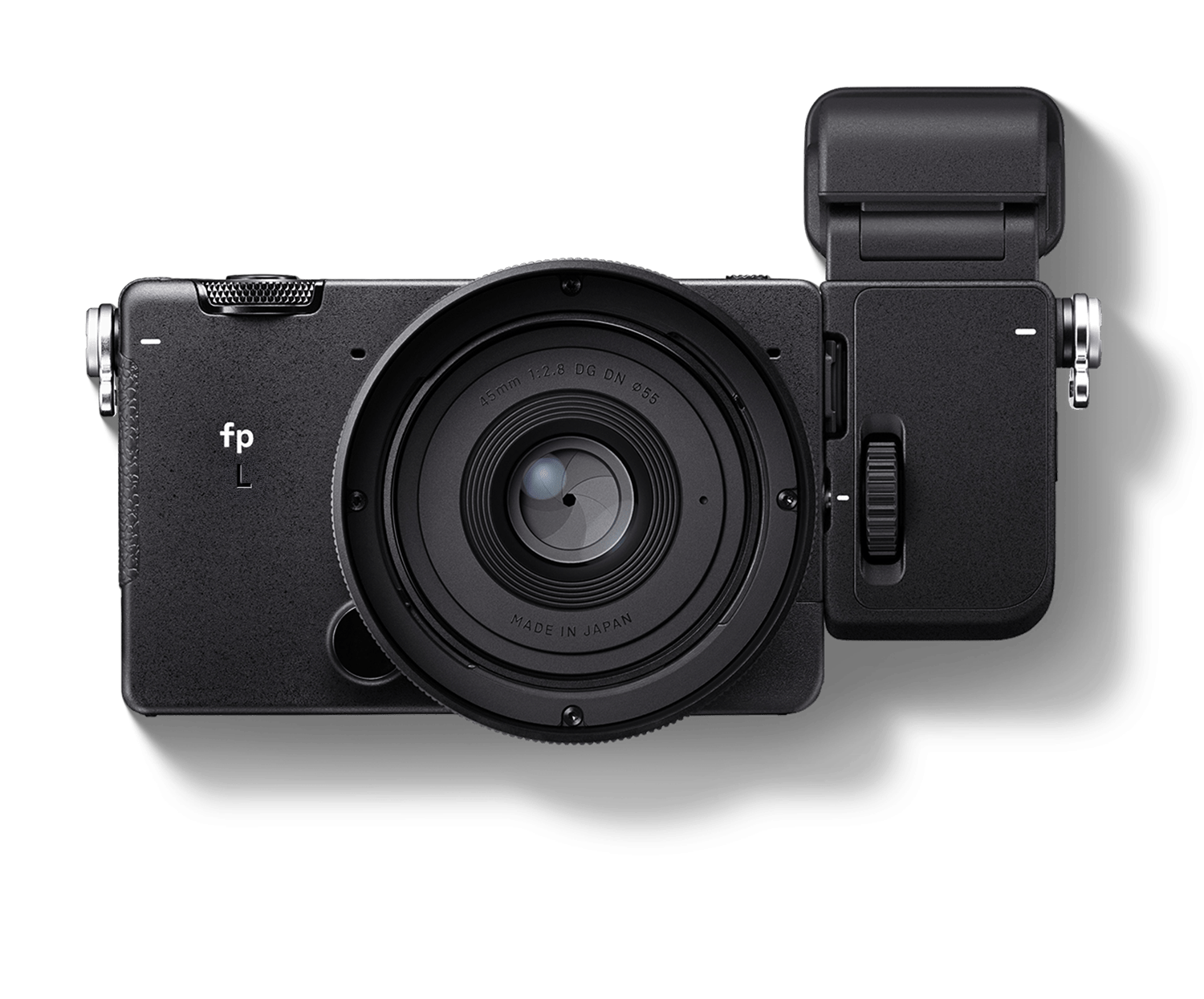

from
£1999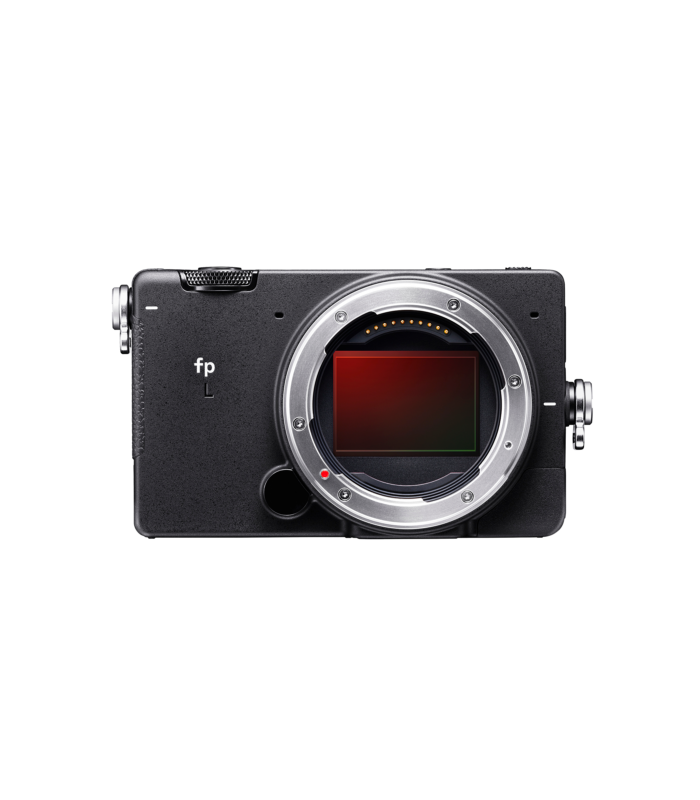
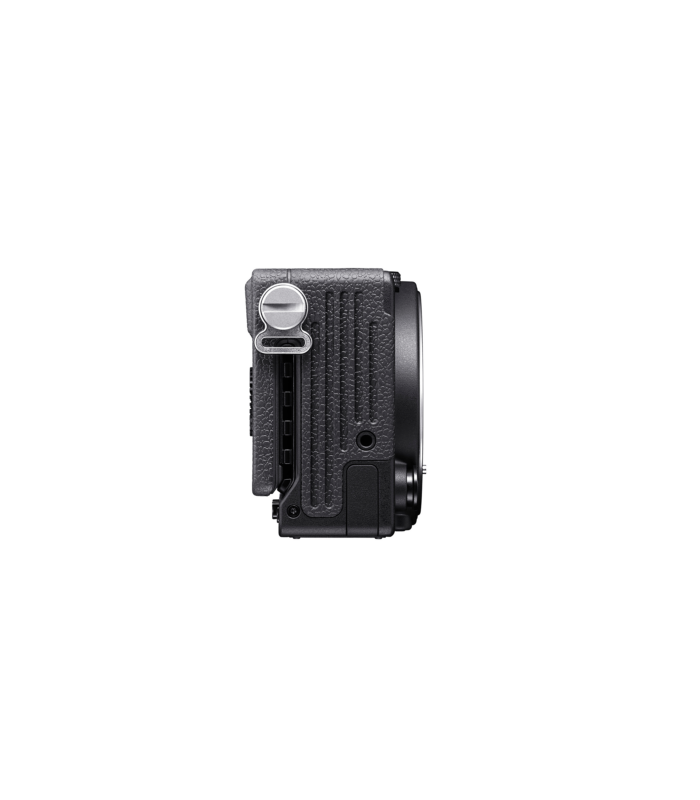
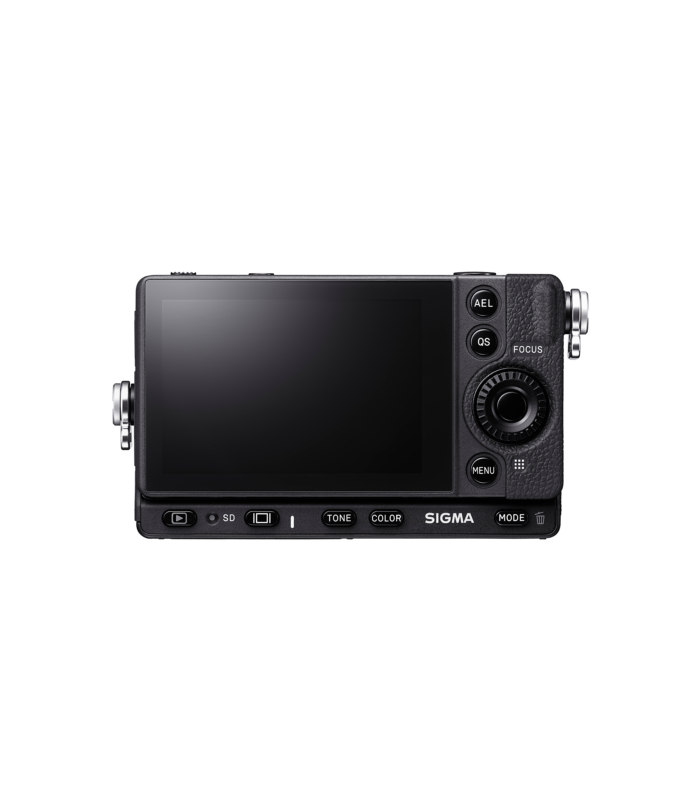
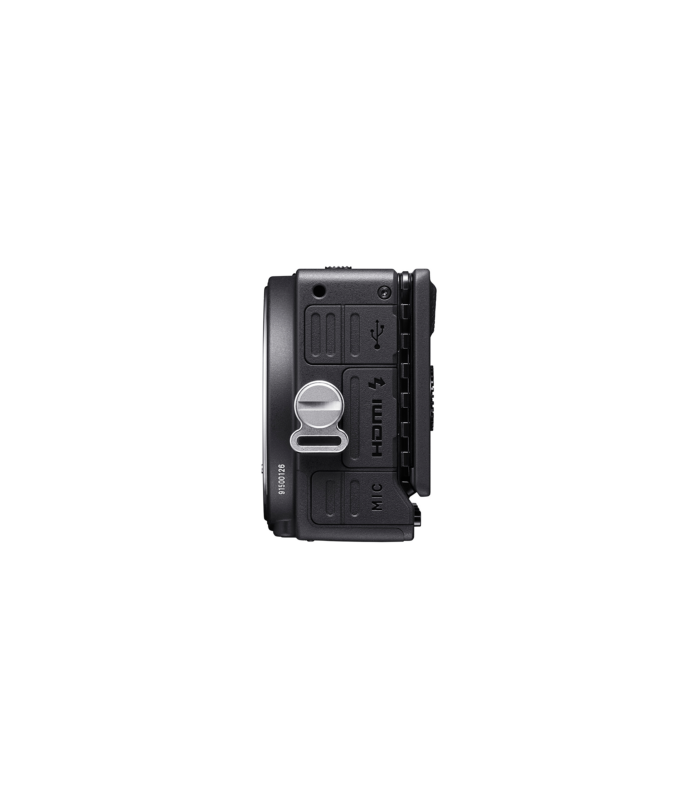
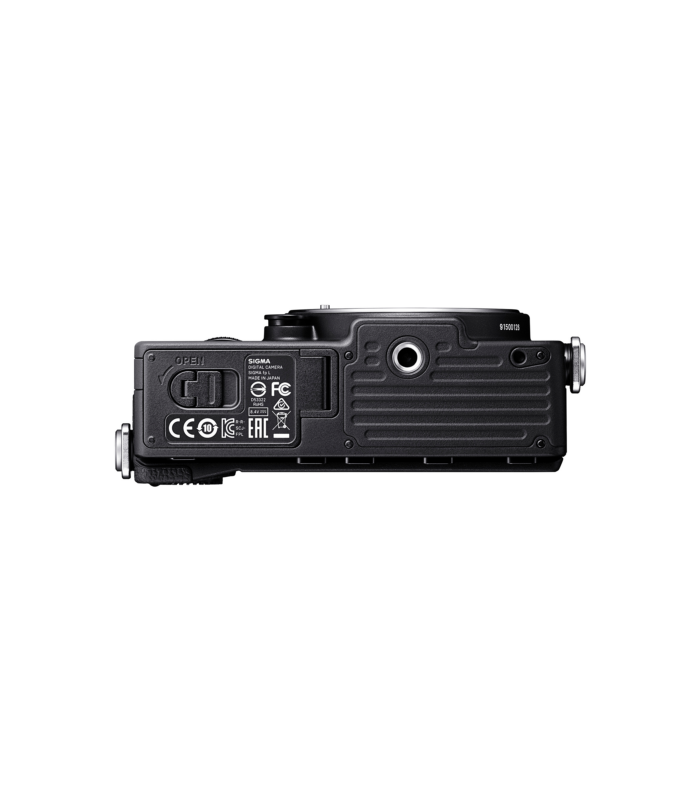
from
£1999Interchangeable-lens Mirrorless Type Digital Camera
SD / SDHC / SDXC memory card(UHS-Ⅱ supported) / Portable SSD (USB 3.0 connection, USB bus power supported)
L-Mount
35mm full-frame (35.9mm x 24mm) Back-illuminated Bayer CMOS sensor
Approx. 61MP (9,568 x 6,380) / Approx. 62.4MP (9,602 x 6,498)
3:2
RGB Primary color filter
Lossless compression RAW (DNG) data12/14 bit, JPEG (Exif2.3), RAW (DNG) + JPEG: recording is possible
[21:9] / [16:9] / [3:2] / [A Size (√2:1)] / [4:3] / [7:6] / [1:1]
9.5K:9,520 x 6,328
6.2K:6,240 x 4,144
4.8K:4,768 x 3,168
UHD:3,840 x 2,552
FHD:1,920 x 1,280
| [21:9] | 9.5K:9,520 x 4,080 6.2K:6,240 x 2,672 4.8K:4,768 x 2,040 UHD:3,840 x 1,648 FHD:1,920 x 824 |
[16:9] | 9.5K:9,520 x 5,352 6.2K:6,240 x 3,512 4.8K:4,768 x 2,680 UHD:3,840 x 2,160 FHD:1,920 x 1,080 |
| [3:2] | 9.5K:9,520 x 6,328 6.2K:6,240 x 4,144 4.8K:4,768 x 3,168 UHD:3,840 x 2,552 FHD:1,920 x 1,280 |
[A Size (√2:1)] | 9.5K:8,944 x 6,328 6.2K:5,856 x 4,144 4.8K:4,480 x 3,168 UHD:3,616 x 2,552 FHD:1,808 x 1,280 |
| [4:3] | 9.5K:8,432 x 6,328 6.2K:5,520 x 4,144 4.8K:4,224 x 3,168 UHD:3,408 x 2,552 FHD:1,696 x 1,280 |
[7:6] | 9.5K:7,856 x 6,328 6.2K:5,152 x 4,144 4.8K:3,920 x 3,168 UHD:3,168 x 2,552 FHD:1,584 x 1,280 |
| [1:1] | 9.5K:6,328 x 6,328 6.2K:4,144 x 4,144 4.8K:3,168 x 3,168 UHD:2,552 x 2,552 FHD:1,280 x 1,280 * When a DC lens is attached, it can be used with a recording pixel count of 6.2K or less. |
Equivalent to approx.1.5 to 5 times the focal length of the lens (for 35mm cameras)
sRGB / Adobe RGB
Cinema DNG(8bit / 10bit/ 12bit) / MOV:H.264 (ALL-I/ GOP)
Linear PCM (2ch 48kHz / 16bit)
3,840 x 2,160 (UHD 4K) / 23.98 p, 24 p, 25 p, 29.97 p 1,920 x 1,080 (FHD) / 23.98 p, 24 p, 25 p, 29.97 p, 48 p, 50 p, 59.94 p, 100 p*, 119.88 p*
* Automatic crop zoom setting is x1.67
Up to 2h
SD card: UHS-II UHD 8bit under 25fps, FHD 12bit under 60fps Portable SSD:UHD 12bit 30fps, FHD 12bit 100fps or less, 10bit and 8bit 120fps or less*
* When using our recommended recording media
4:2:2 8 bit
12 bit RAW :External recorder record : ATOMOS Ninja V, Blackmagic Video Assist 12G supported
Linear PCM (2ch 48kHz/16bit)
4,096 x 2,160 (DCI 4K) / 24 p*
* Only for RAW output
3,840 x 2,160 (UHD 4K) / 23.98 p, 24 p, 25 p, 29.97 p 1,920 x 1,080 (FHD) / 23.98 p, 24 p, 25 p, 29.97 p, 48 p, 50 p, 59.94 p, 100 p*, 119.88 p*
* Automatic crop zoom setting is x1.67
Image plane phase-difference AF + Contrast detection system, Single AF, Continuous AF (with moving object prediction function), Manual Focus
-5 to 18 EV (F1.4:ISO 100) / Auto, 49-point selection mode, Free Move mode, Face/Eye Detection AF mode, Tracking AF mode
Half-press the shutter button, or press the AEL button
AF+MF, MF Assist, MF Guide, Focus Peaking, Release Focus Function, AF-ON, Quick AF, Pre-AF, AF during Image Magnification
Evaluative, Spot, Center Weighted Average
-5~18EV (50mm F1.4: ISO100)
(P) Program AE (Program Shift is possible), (S) Shutter Speed Priority AE, (A) Aperture Priority AE, (M) Manual
(P) Program AE, (S) Shutter Speed Priority AE, (A) Aperture Priority AE, (M) Manual
Base ISO
[Still]
ISO 100,400
[Cine]
CinemaDNG 12 bit / HDMI RAW:ISO 100, 1250
MOV / CinemaDNG 10 bit, 8 bit, HDMI 4:2:2 8 bit:ISO 100, 250
Settable Range
ISO 100-25600 / Expanded sensitivity ISO 6, 12, 25, 50, 51200, 102400
±5EV (in 1/3-stop increments)
Half-press the shutter button, or press the AEL button (setting change required)
3-frame/5-frame stage exposure 3EV (1/3 Step, Standard→Underexposure→Overexposure)
(Sequence changeable)
Electronic system
12 types (Auto, Auto[Lighting Source Priority], Daylight, Shade, Overcast, Incandescent, Fluorescent, Flash, Color Temperature, Custom 1, Custom 2, Custom 3)
Electronic shutter
30 to 1/8,000 sec., Bulb up to 300 sec.
2sec. / 10sec. (Self-Timer)
Single shooting, Continuous shooting, Self-timer, Interval shooting
High Speed:approx. 10 shots/ sec., Medium Speed:approx. 5 shots/ sec., Low Speed:approx. 3 shots/ sec.
HIGH: 12frame, MED: 12frame, LOW: 24frame
TFT color LCD monitor Aspect Ratio 3:2, 3.15, Approx. 2,100,000 dots / Electrostatic capacitance system touch panel / Approx. 100%
S-TTL automatic light control, Manual, Wireless flash, Multi-emission Flash (when to use external flash)
Red-eye effect reduction / Slow synchronization, 2nd Curtain synchronization
Max. ±3EV in 1/3EV-step increments
Max. 1/15 sec.
* 1/10 sec. or less at 14 bit RAW
Available when the Hot Shoe Unit HU-11(supplied with this product) is mounted
* S-TTL, Wireless support, Xcontact
Available
15 types
(Standard, Vivid, Neutral, Portrait, Landscape, Cinema, Teal and Orange, Sunset Red, Forest Green, Powder Blue, FOV Classic Blue, FOV Classic Yellow, Duotone, Monochrome, Off)
STILL Mode: FillLight / Shading Correcton / HDR shooting CINE Mode: Still image shooting during movie shooting / HDR shooting / Director’s view finder
STILL: Mode In-camera DNG Development CINE Mode: Cinemagraph / still image cut-out
Stereo microphone, Monaural speaker
English / Japanese / German / French / Spanish / Italian / Simplified Chinese / Traditional Chinese / Korean / Russian / Dutch / Polish / Portuguese / Danish / Swedish / Norwegian / Finnish
USB3.1 GEN1 Type C
Type D (Ver.1.4)
Also used as an external microphone terminal
Also used as an external microphone terminal
Available (Plug-in power support)
Unavailable
Supported cameras
ARRI
ARRICAM / ARRIFLEX, ALEXA LF/ ALEXA Mini LF, ALEXA SXT, ALEXA Mini, AMIRA, ALEXA65, ALEXA XT
SONY
VENICE
RED
MONSTRO 8K, HELIUM 8K, DRAGON 6K, EPIC MX 5K, GEMINI 5K, KOMODO 6K
Frame Guide
1.33:1, 1.85:1, 2.39:1, Custom 1, Custom 2
Custom Frame
Input (Sensor Area / Aspect Ratio) , Offset, Style (4 styles) , Line (1 to 10 px) , Color (White, Black, Red, Yellow, Green, Cyan, Blue, Magenta) , Shading
Save / Load Settings via QR code, Screenshot, Webcam, In-camera RAW development, Still image capture from recorded movie files, Cinemagraph, Fill Light, HDR shooting (Still / Cine), Still image shooting during movie shooting
Li-ion Battery BP-51 *USB power supply available (when the power is turned off)
112.6 x 69.9 x 45.3mm
427g / 15.1oz. (including battery and SD card), 375g / 13.2oz. (Camera body only)
32 – 104 °F / 0 – +40 °C
85% or less
* no condensing
LI-ION BATTERY BP-51, Strap, Strap Holder SH-11, USB AC Adapter UAC-21, USB Cable (C-C) SUC-41, HOT SHOE UNIT HU-11, Body Cap, Instruction Manual, Warranty, Warranty Sticker
Hand Grip HG-11, Large Hand Grip HG-21, LCD View Finder LVF-11, Electronic Viewfinder EVF-11, Base Plate BPL-11, Cable Release CR-41, Base Grip BG-11, DC Connector CN-21, Battery Charger BC-71, AC Adapter SAC-7P, Electronic Flash EF-630, Mount Converter MC-21
The appearance and specifications are subject to change without notice.
Sigma web is shop down for maintenance.
We hope to have our web store back live by Wednesday, 11 June.
Sorry for any inconvenience.
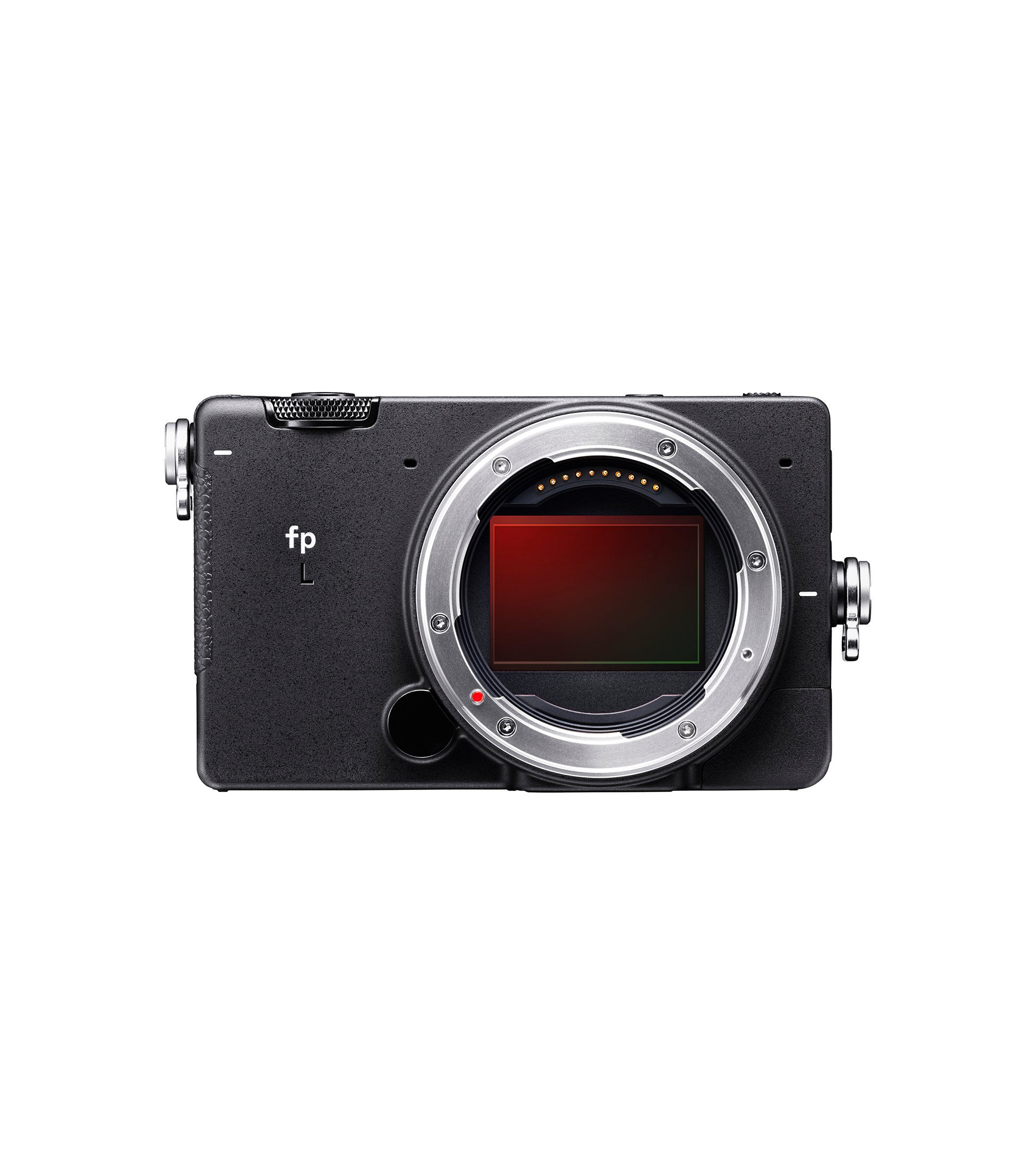
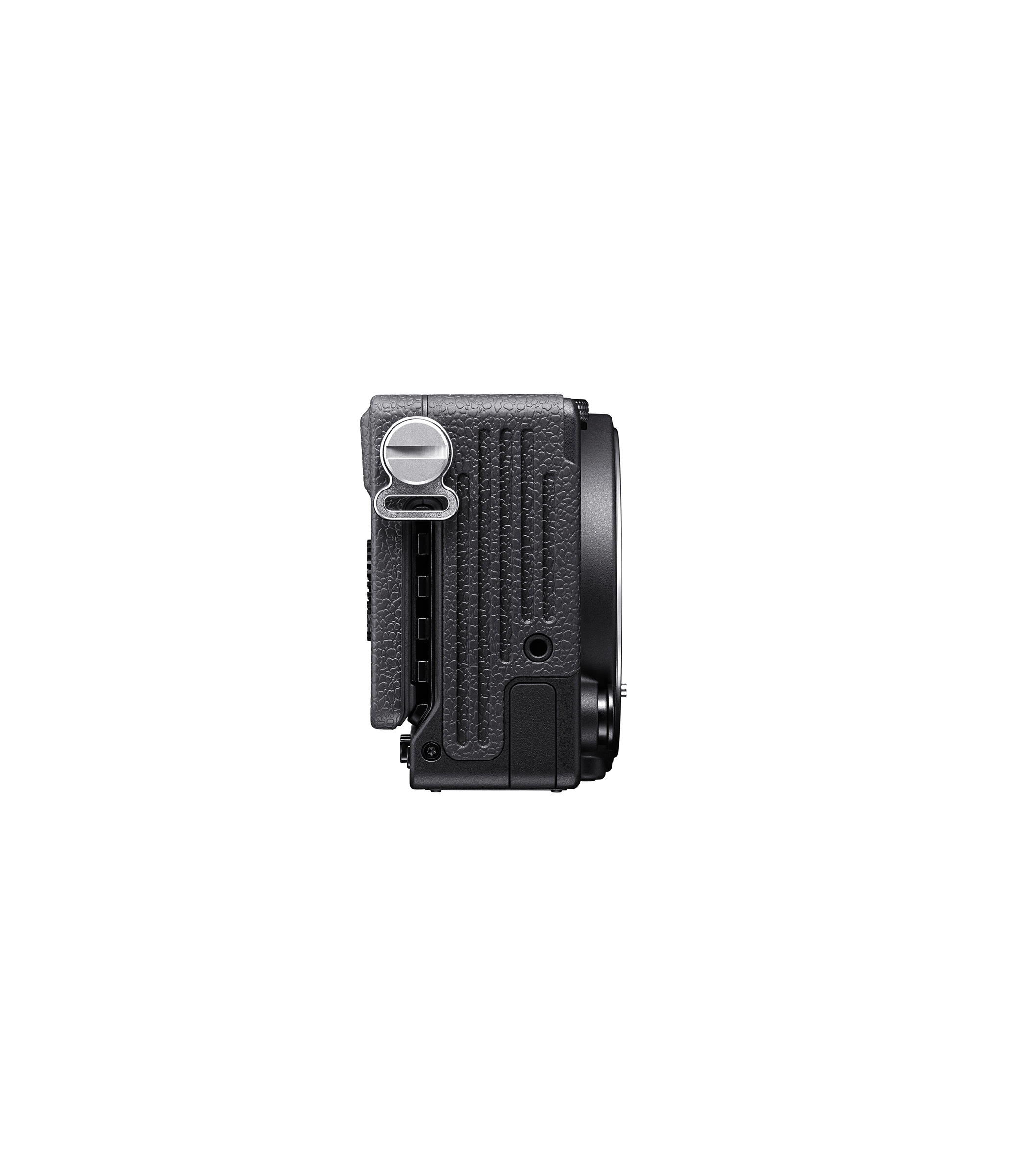
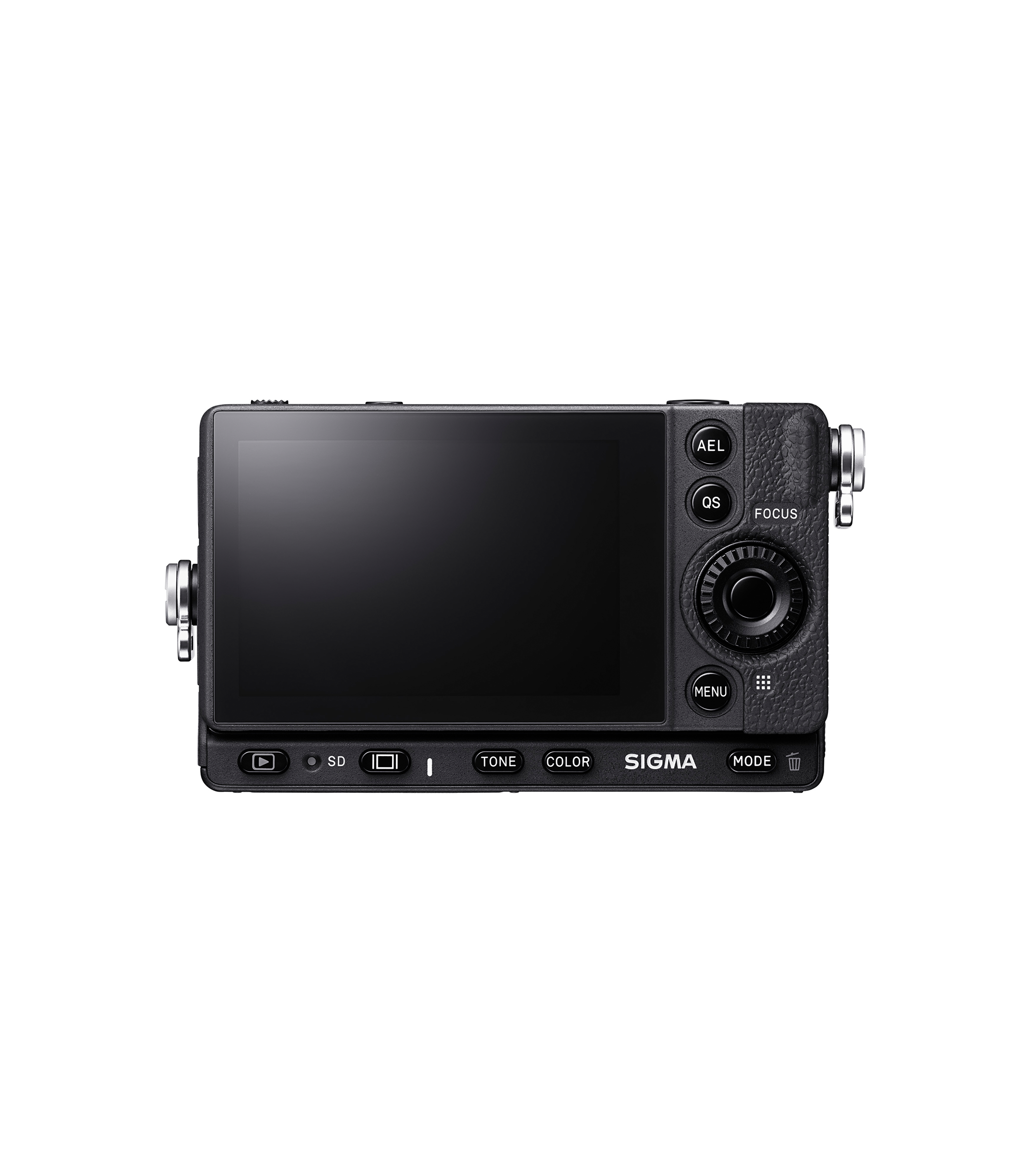
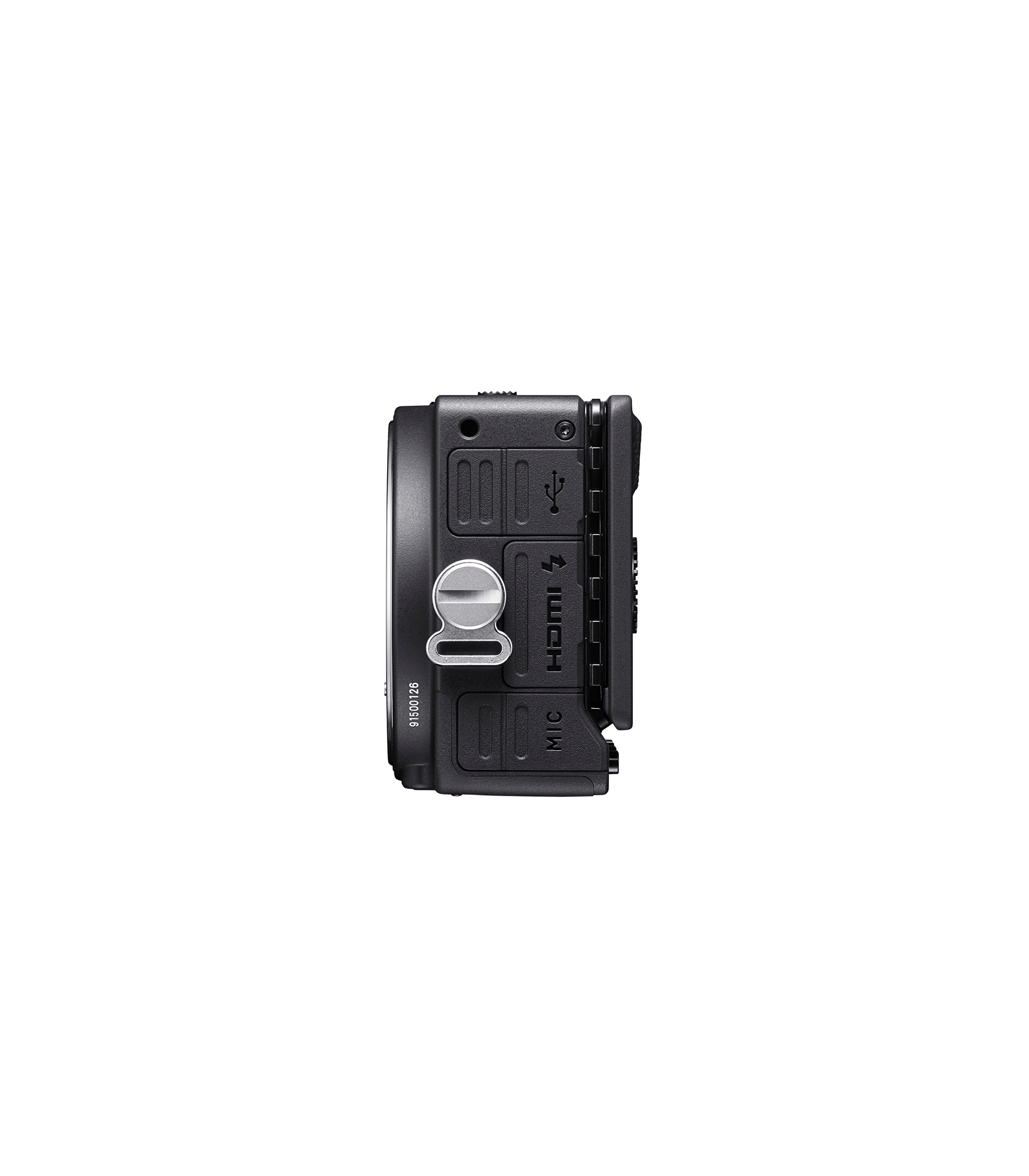
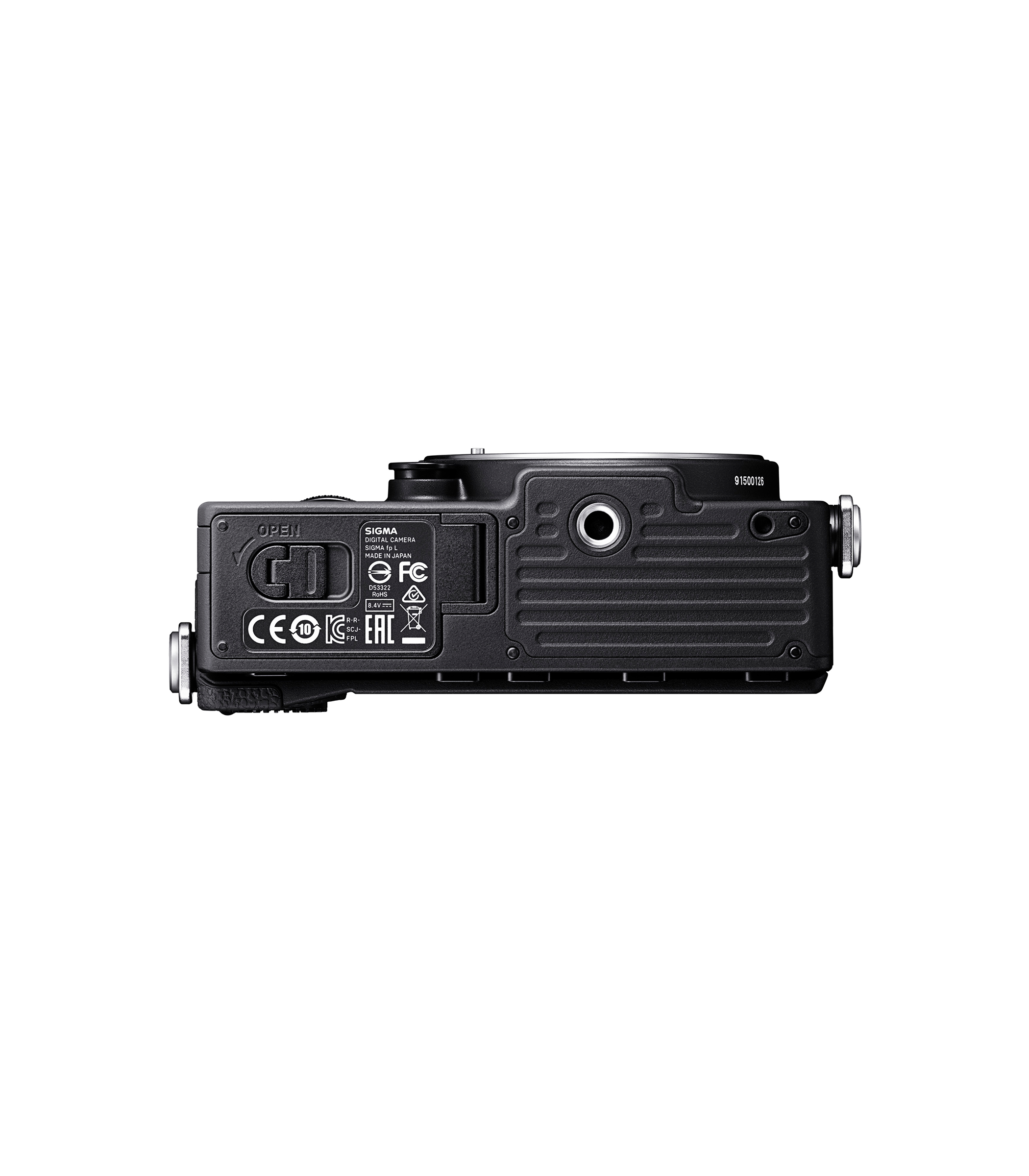
Sign up to our newsletter